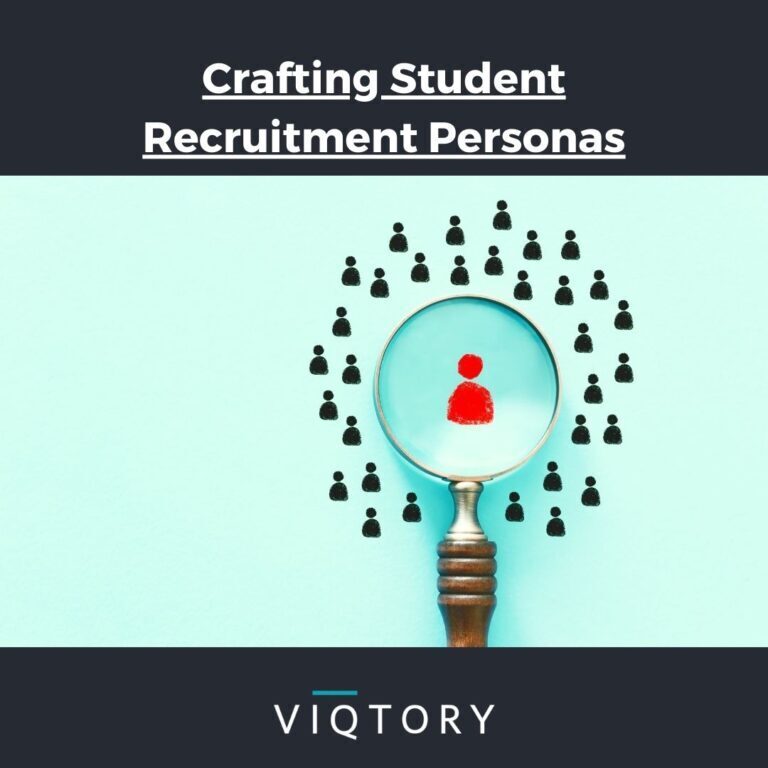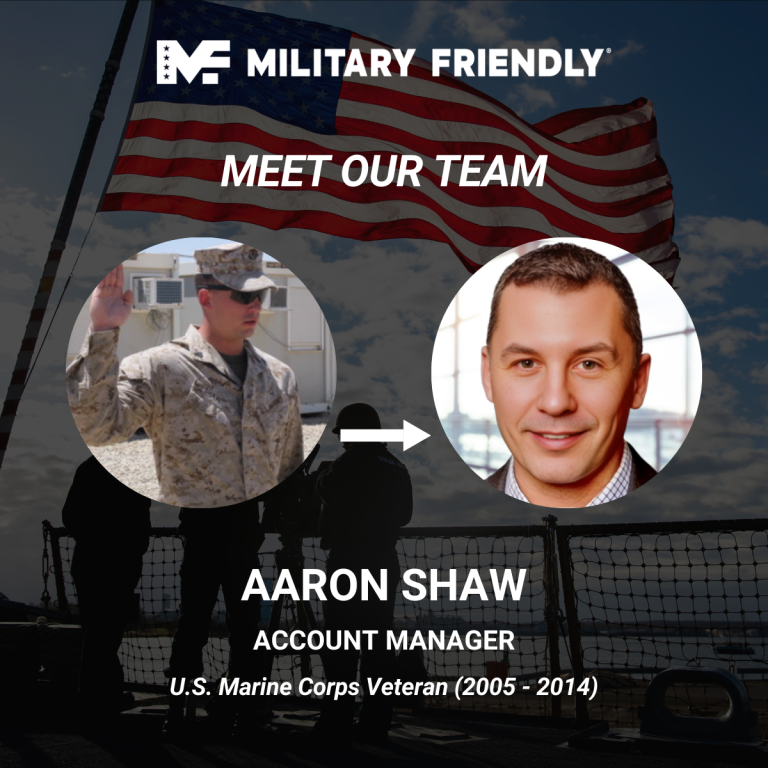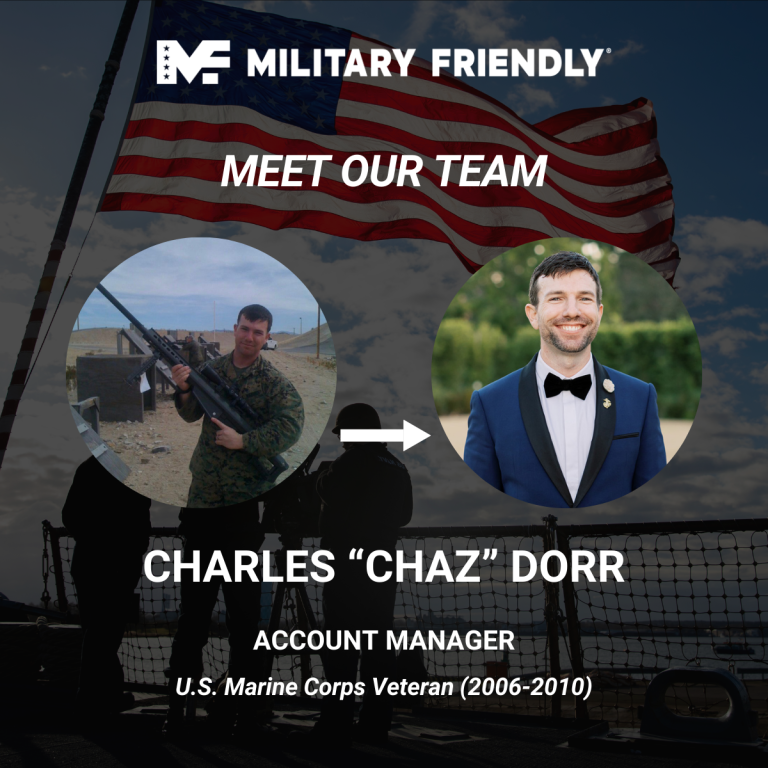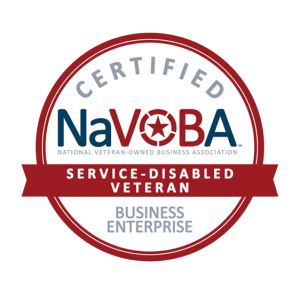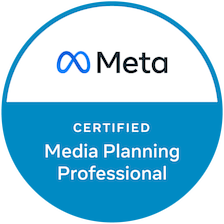It’s essential for companies to have a strategic approach to student recruitment as the war for admissions wages on. One important step in developing your recruitment strategy is creating student personas. In layman’s terms, student personas are fictional representations of your ideal students. While the terminology may be construed as discriminatory at first, in reality, the process simply allows you to assess your programs, GPA requirements, Extracurricular Requirements, Test Scores, and all of your school’s offerings to allow you to target prospects who fit the bill. Instead of casting a wide net and marketing to everyone under the sun, build your own pond of qualified candidates who are likely to engage with your marketing.
In this article, we’ll explore the benefits of creating personas and provide practical advice for getting started.
Why Create Recruitment Personas?
Student personas can help you streamline your recruitment efforts, cut down on time-to-fill, and improve your student quality. By having a clear understanding of your ideal candidate for your different majors, you can tailor your marketing outreach, social media activity, and interview questions.
This customized approach improves the effectiveness of your student recruitment efforts across all channels and will help you to attract the most qualified candidates in the quickest amount of time.
How to Create Recruitment Personas:
While understanding the concept and value behind it is one thing, developing effective recruitment personas isn’t quite so simple. It requires research, testing, analysis, optimizations, and collaboration. To get started, you need to understand the market, and an even better understanding of your organization:
Market Research – By researching your industry, geographical location, and your competitors, you’ll gain a better understanding of the market and identify your niche. Get online and see who your competitors are targeting, what their messaging looks like, which channels their leveraging, and the qualifications they’re recruiting for. This can help you learn from what is already working at other schools, and identify areas of opportunities for you to jump on. Here are some of the things your admissions teams should be asking:
-
-
Who are your direct competitors
-
What are their strengths and weaknesses?
-
What type of media are they leveraging?
-
Which pools are they recruiting from?
-
What are the trends in your industry?
-
Are there geographical locations being targeted more than others?
-
What are the GPA requirements at similar schools?
-
What platforms do they utilize?
-
Are there any recruitment trends from your competitors you can identify?
-
What does the current Higher Education Landscape look like?
-
There are a number of ways you can gather the needed information including interviews with current students, surveys of industry professionals, focus groups, and online research.
Internal Research – Most, if not every school, regardless of institution type, has minimum requirements for admission. We’re more interested in the opposite side of the spectrum. What does the above-average student look like? Here’s what you’ll need to know:
-
- All Degree Offerings & Prerequitis for Each
- GPA Range
- SAT Scoring Range
- ACT Scoring Range
- Extracurricular Requirments
- Advanced Placement Credit Requirments
- Volunteer Requirements
- Weight of Legacy on Application Process
- Ideal Interview Responses
- “It Factor” Define and Weigh Value
It’s important to note that during the process the goal is to identify what makes up the ideal student for specific degree programs, not to discriminate or disqualify potential candidates. Prioritizing diversity in your recruitment process will lead to a more inclusive and well-rounded campus. Now it’s time to put all of that research to use. Use the data you’ve gathered to develop fictional representations of your ideal students.
Now it’s time to put all of that research to use. Use the data you’ve gathered to develop fictional representations of your ideal candidates for each different degree program you offer. Each persona should have specific requirements and hit certain thresholds by using the recommendations we covered above. If you have the ability to include information about their values, interests, and personality traits, it will only help with the success of your efforts.
Example Exercise:
Now let’s look at a practical example. Let’s say we’re developing a persona for a Pre-Medicine Undergrad Student. Here’s what a general persona might look like:
- Major – Pre-Medicine
- GPA Range – 3.8 – 4.0+
- SAT Scoring Range – 1300 – 1600
- ACT Scoring Range – 30 – 36
- Extracurricular Requirments – Member of 3 or more Sports Teams and/or Clubs
- Advanced Placement Credit Requirments – 4 or higher in Biology and Chemistry
- Volunteer Requirements – 400+ total hours over 4 years of High School
- Weight of Legacy on Application Process – If a parent or sibling is an Alumni, leniency is awarded on GPA and Test Score requirements
- Ideal Interview Responses – It’s important to know how you hope prospects will respond to certain questions during the interview
Once you’ve put in the legwork and crafted your Ideal Student Personas, you have your blueprints in hand and can start to customize your marketing efforts based on the characteristics of your perfect student. Now that you’ve identified your target audience, you can cater your content and message across all channels: social media, email, paid advertising, job postings, interview questions, and your company website just to name a few.
The goal of student recruitment personas is to help attract, enroll, and retain the best possible candidates for your academic departments, campus culture, and school values. Start streamlining your recruitment efforts by incorporating student personas into your process and ultimately, start enrolling higher-quality students quicker.
You can fill out the form below if you’d like to discuss your recruitment effort and goals with one of our military recruitment experts.
